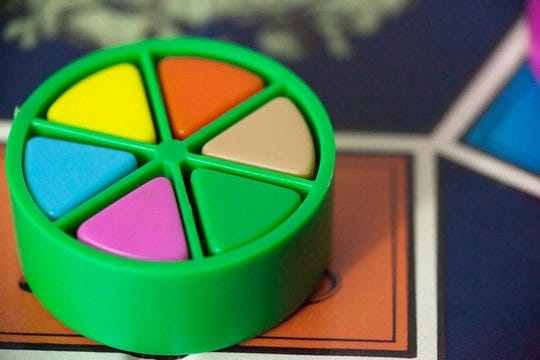Looking at the calendar for the month ahead, yesterday and today were the only available two-day stretch of the month, which seemed like the ideal opening to explain how I have my collection of old baseball cards set up. Yesterday’s piece explained how the dead ballplayers are grouped, and today’s will highlight the much larger group which still walks the earth with us today.
As with the dead player’s box, the players that I have are divided into three distinct groups. The first is a very small group of living players who played (and appeared on a baseball card) in the 1970s, but haven’t yet turned 70. I named this group the Michael Anthony Clique, or MAC for short, to honor Van Halen’s bass player who will be turning 70 in the summer of this year. These are the youngest guys, who generally played in the last few years of the decade; the oldest card in this group dates to 1977.
The MAC currently consists of 19 players, or about 3 percent of the total player pool for this project. Continuing on the visual from yesterday, where the yellow and orange wedges above represent the players now in the dead players’ box, a tiny little sliver of the brown wedge is the players who fit this description. In fact, we won’t meet the first of these players until early next month.
I haven’t yet decided what to do when Michael Anthony turns 70, roughly five months from now. I’m fully aware it won’t matter the tiniest bit, either. It’s my silly project, and I get to set my own rules, I suppose. But it’s also hard to find somebody from the 70s who fits within the parameters of this project. I suppose we’ll see what happens once summer arrives.
I’m skipping over the group of players currently in their 70s for now, and going straight to those ballplayers who played during the 70s, appeared on at least one card that I have in my possession, and are alive into their 80s and above. There is even one player currently alive at age 90, and if he hangs on until the middle of November you’ll find out who he is. And while Willie Mays would be a good guess, it isn’t him.
I’ve already introduced Tito Fuentes as the newest member of this group, who I’ve named Moves Like Jagger (or MLJ for short). The Rolling Stones’ frontman turned 80 last summer, and I’m planning to see him and the rest of the Stones play live for the first time when they go out on the road later this year (and Hackney Diamonds is a great album, if you didn’t already know). He’s the living embodiment of rock and roll, at least for me. Who else should a group of older ballplayers be named after?
There’s currently 79 players in this group, or about 12% of the total players in this collection. They represent most of the rest of the brown wedge shown above.
And the final group, which is so large that it comprises a majority of all the players I currently have, is those ballplayers who played during the 1970s, appeared on at least one card that I currently possess, and are between 70 and 79 years of age. I have dubbed this group, currently 375 players strong, as the Neil Young Club, or NYC for short. He was great in the 70s, and is still as badass as ever at age 78. My purpose is to honor him, and all of them, by making this connection between them.
We’ve already met a few of this number including Gary Lavelle, Jim Dwyer, Doug Capilla, Don Gullett, Ivan DeJesus, Charlie Hough, Ross Grimsley, and “Tarzan” Joe Wallis (and I never get tired of dropping his name, either). Although the tally of players presented so far stands at 10 dead and 9 living, tomorrow will mark a turning point when three living players are discussed. From then until the end of the project, the living players will have the upper hand. And that’s comforting to me, in some sense.
For the remainder of this year, the living players will be presented on their birthdays. The three groups they could belong to will be indicated and hopefully spelled out, but if not the names MAC, NYC, and MLJ will be used throughout the year.
Again, that’s enough for now. Tomorrow marks the tipping point, so until then….




